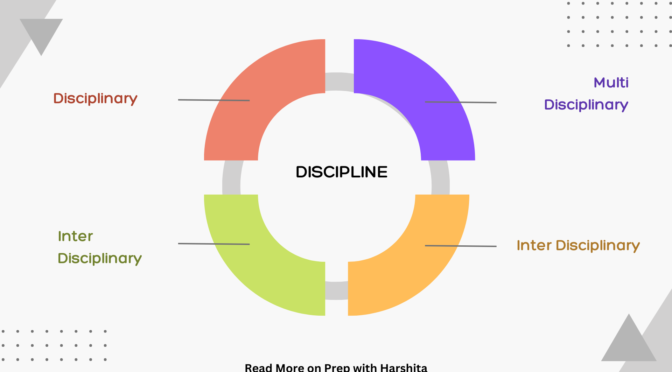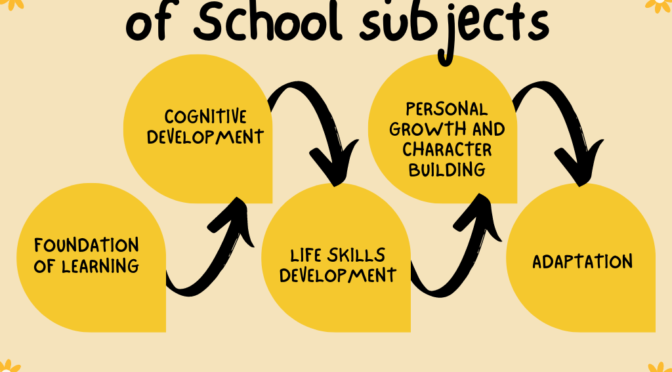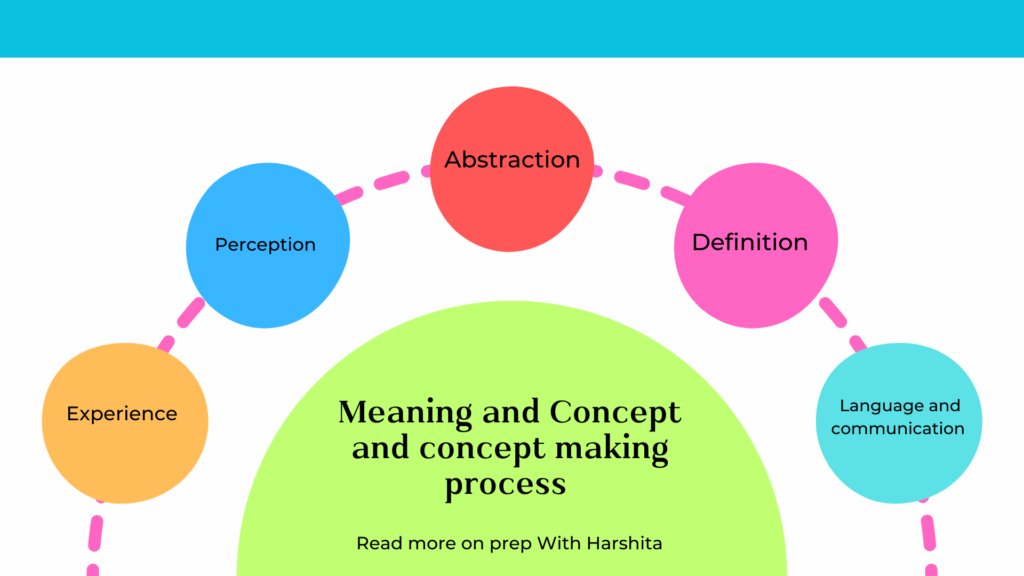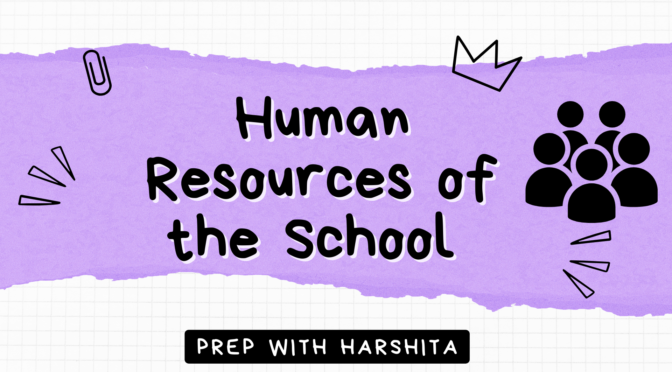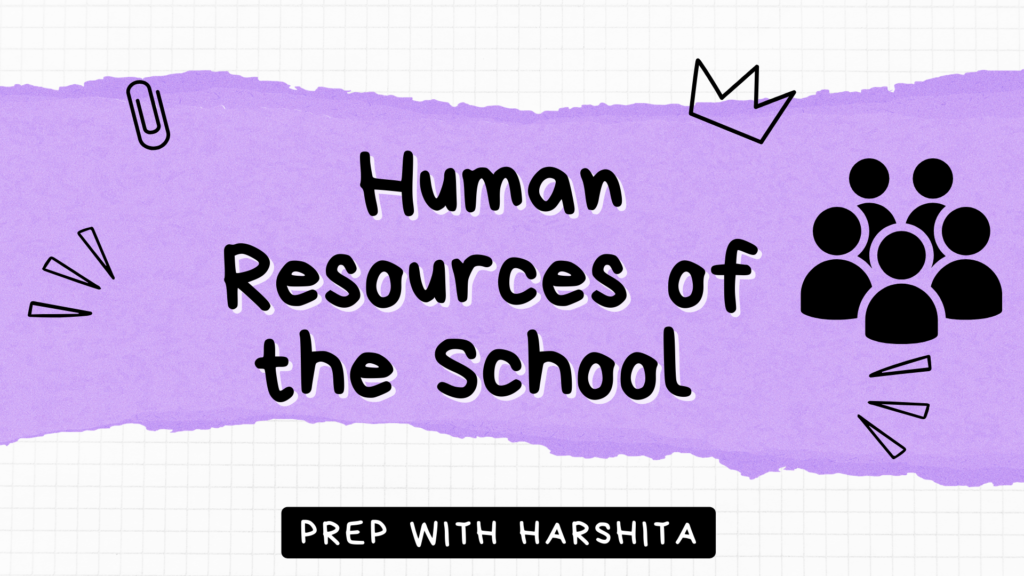Disciplinary, interdisciplinary, multidisciplinary, and transdisciplinary approaches refer to different ways of organizing and integrating knowledge and expertise across various fields. Here’s a brief explanation of each:
- Disciplinary:
- Definition: The disciplinary approach focuses on a specific academic discipline or field of study.
- Key Features: In this approach, experts move deeply into a single discipline, following its established methods, theories, and principles.
- Example: A physicist specializing in quantum mechanics who primarily works within the boundaries of physics.
- Interdisciplinary:
- Definition: Interdisciplinary approaches involve integrating insights and methods from two or more disciplines to address complex problems or questions.
- Key Features: Experts from different disciplines collaborate, bringing their unique perspectives to create a more comprehensive understanding.
- Example: A research project that combines insights from biology, chemistry, and engineering to develop new medical technologies.
- Multidisciplinary:
- Definition: Multidisciplinary approaches involve individuals from various disciplines working independently on different aspects of a problem or project.
- Key Features: Different disciplines contribute separate pieces of expertise without necessarily integrating them deeply.
- Example: A project addressing environmental sustainability might involve biologists studying ecosystems, economists analyzing financial implications, and engineers designing eco-friendly technologies.
- Transdisciplinary:
- Definition: Transdisciplinary approaches go beyond interdisciplinary collaboration by blending and transcending disciplinary boundaries, aiming for a holistic and integrated understanding.
- Key Features: Experts work together to create a shared framework that incorporates insights from multiple disciplines. The goal is to develop a unified approach to address complex issues.
- Example: A transdisciplinary team addressing a public health crisis may include medical professionals, sociologists, policymakers, and community representatives, all contributing to a comprehensive solution.
Also Visit: Prep with Harshita

Also Read: Meaning of Concept

